Annie Leow and Riz Isabelle
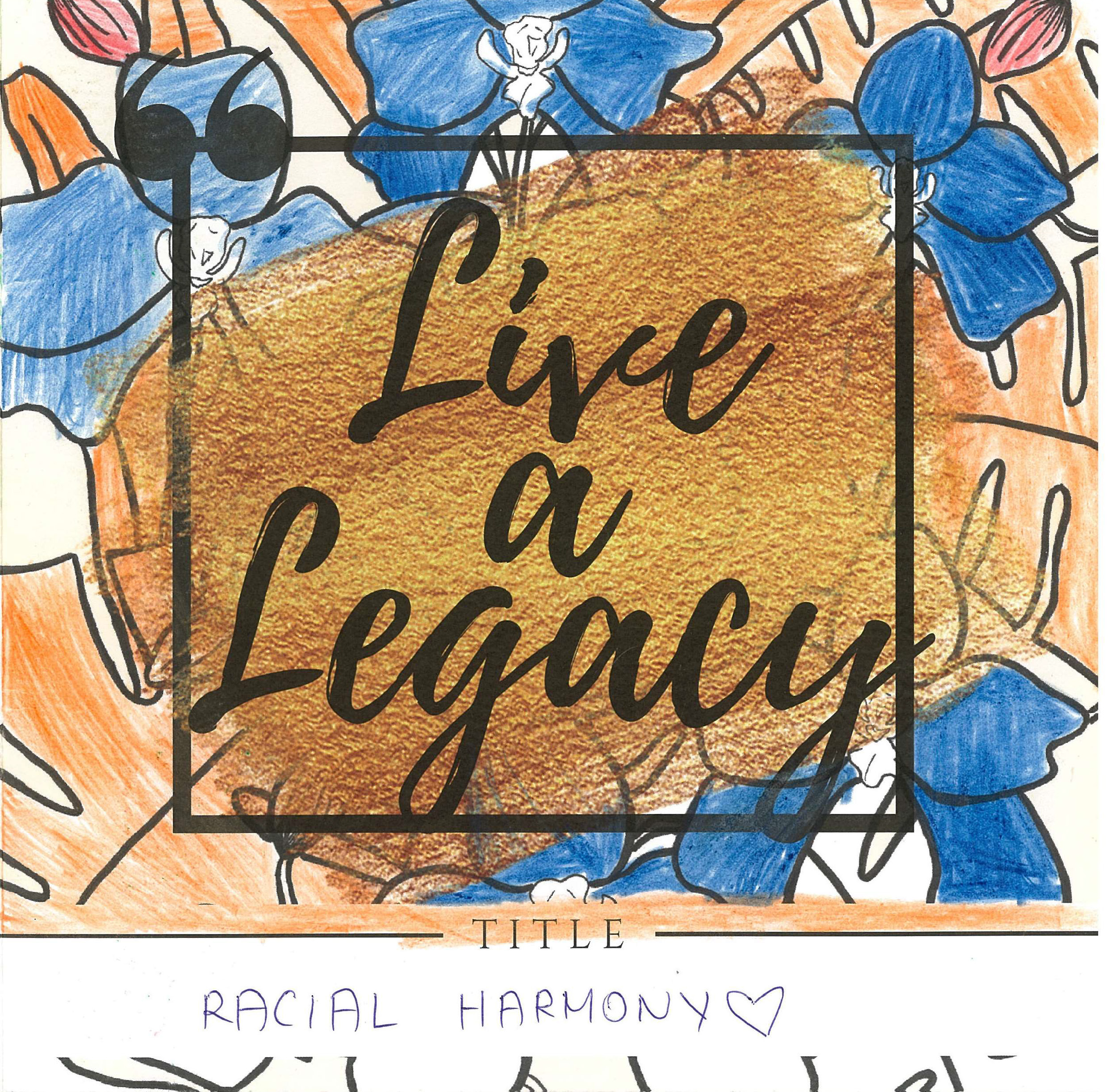
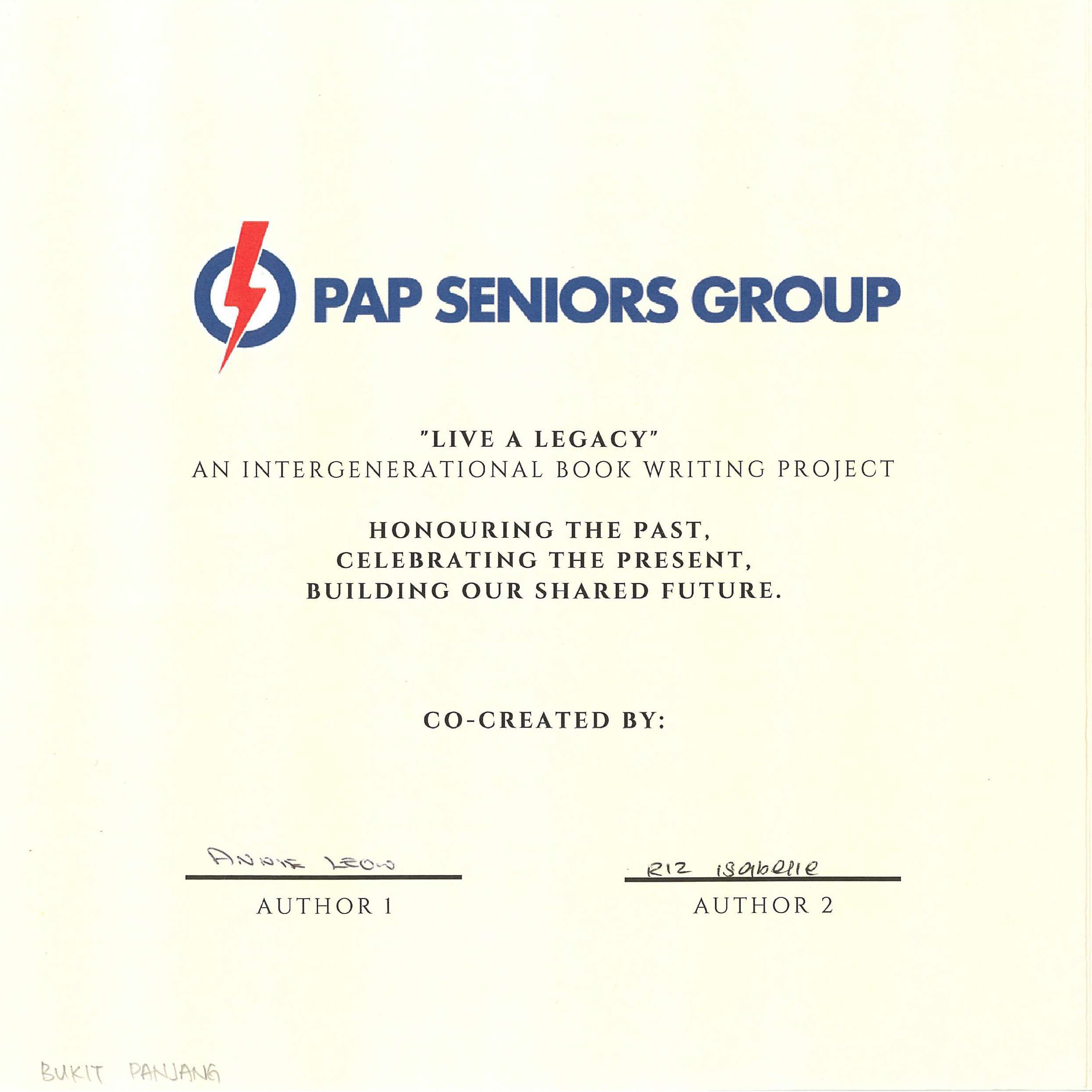

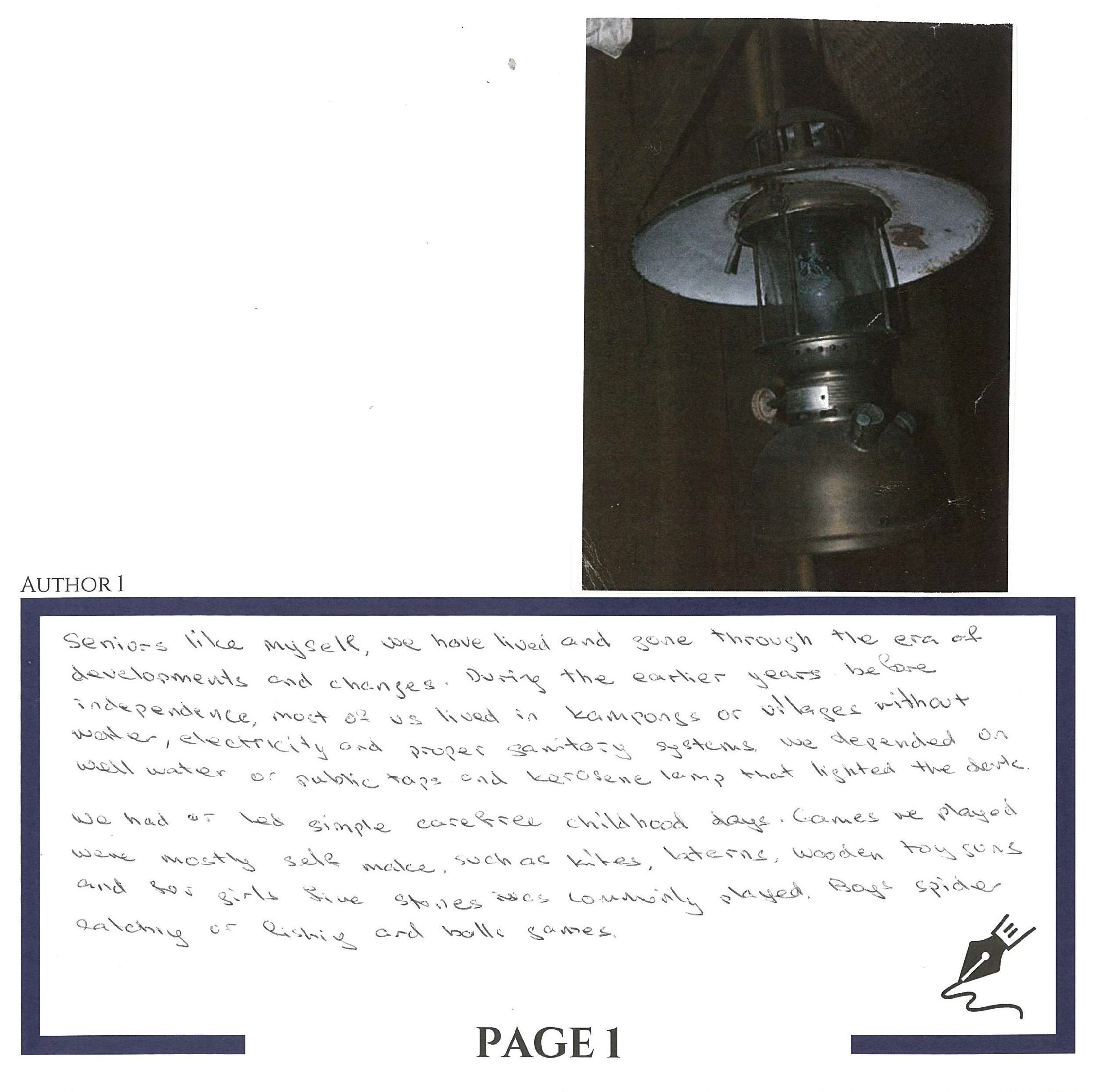
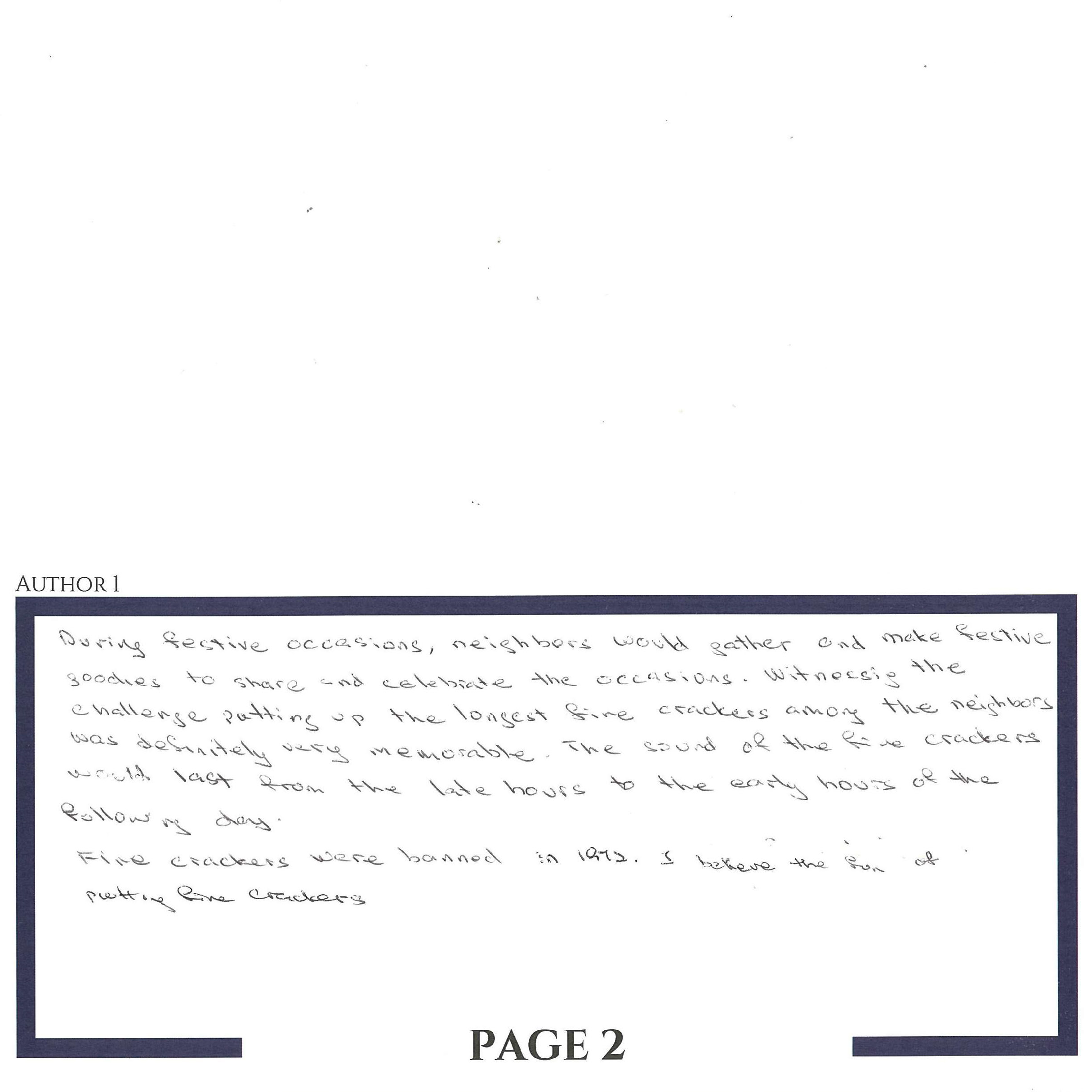
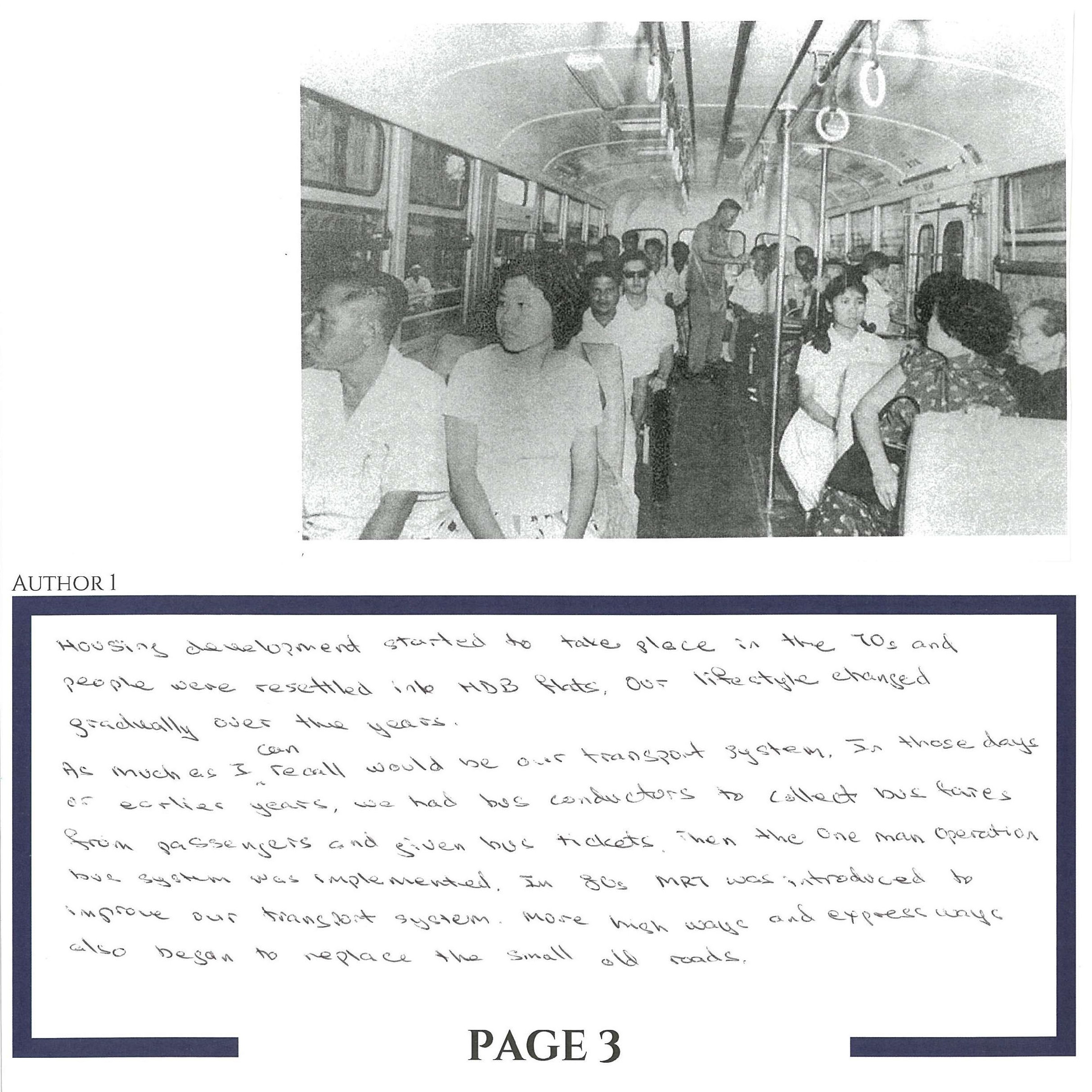
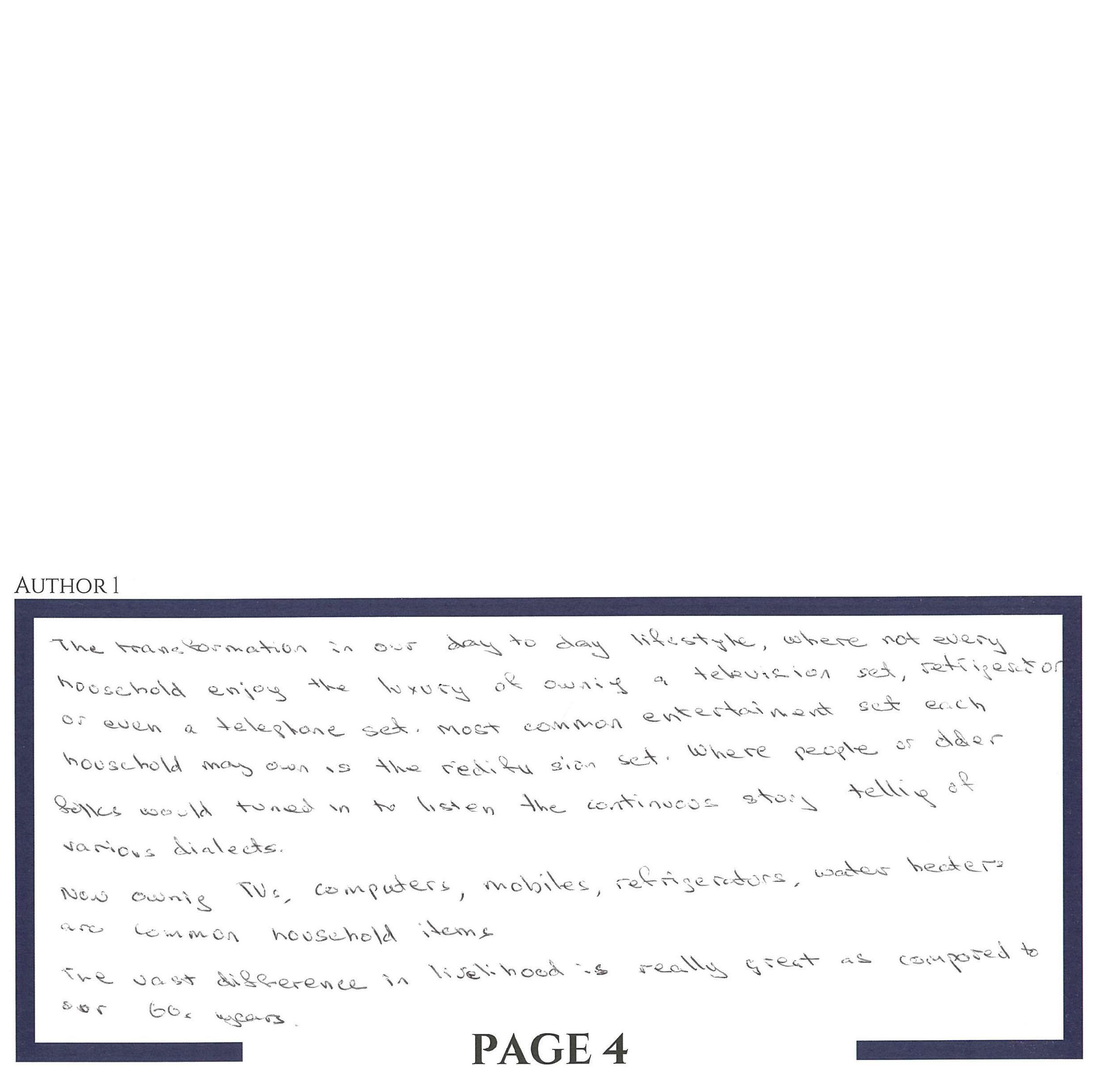
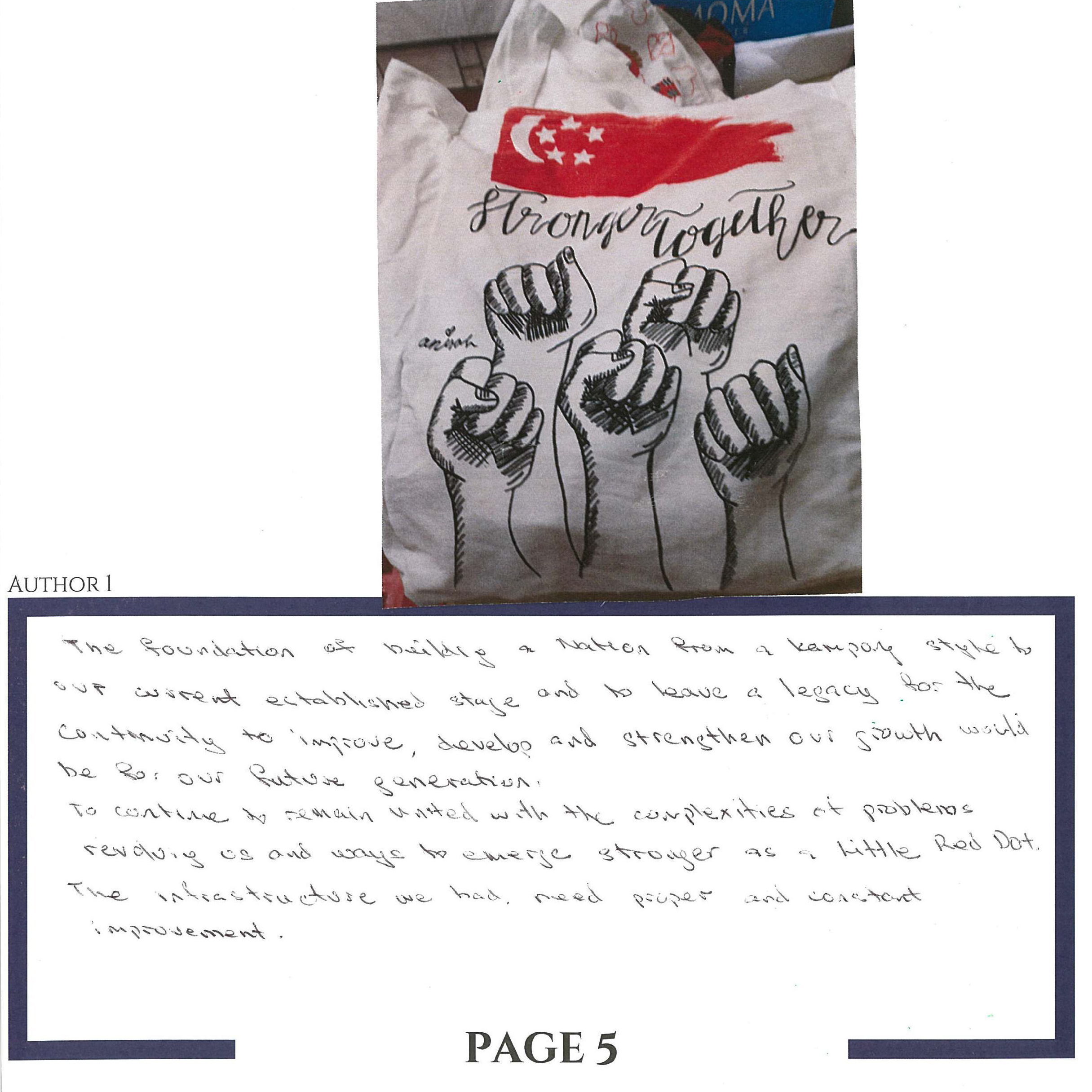
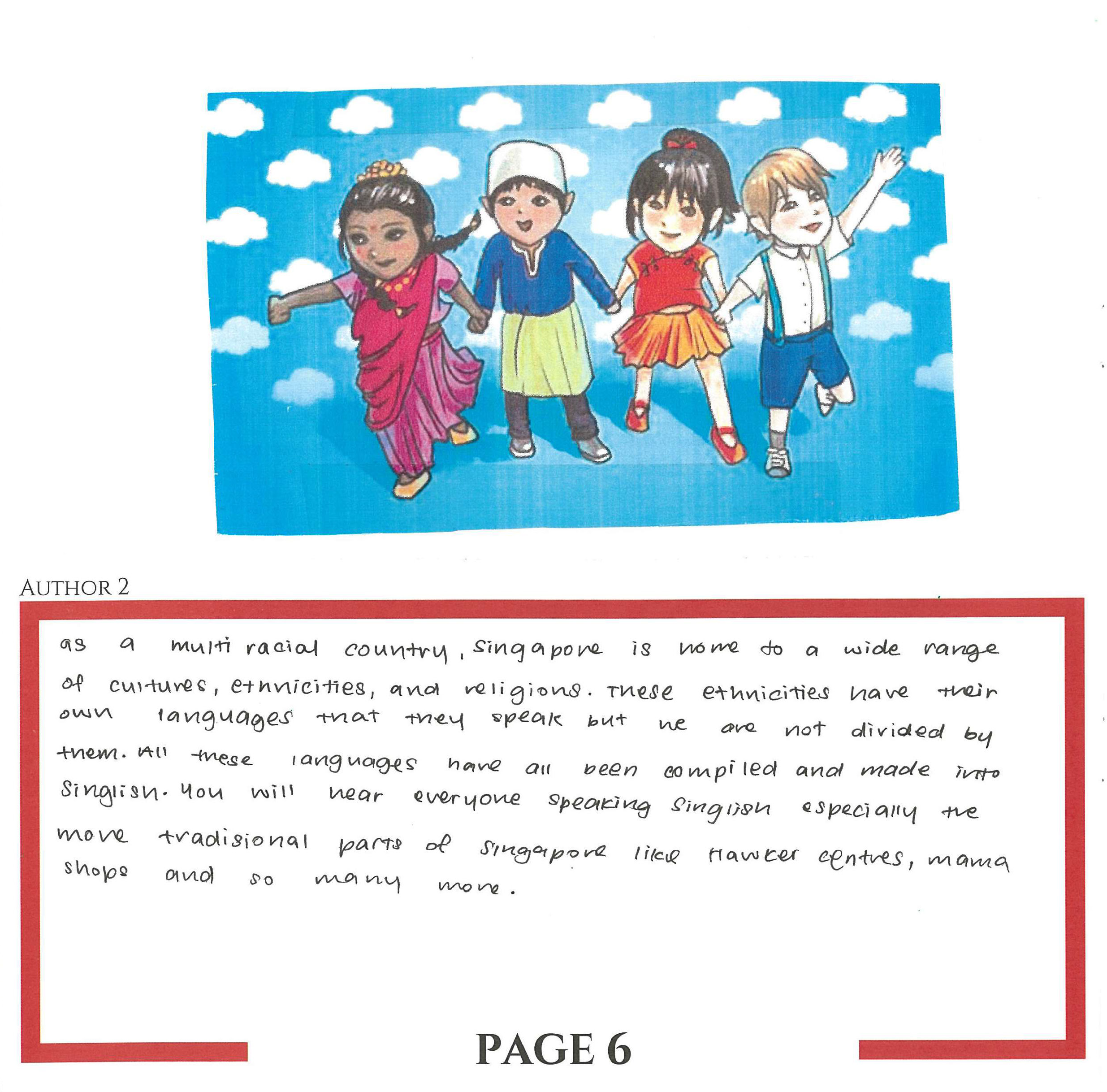
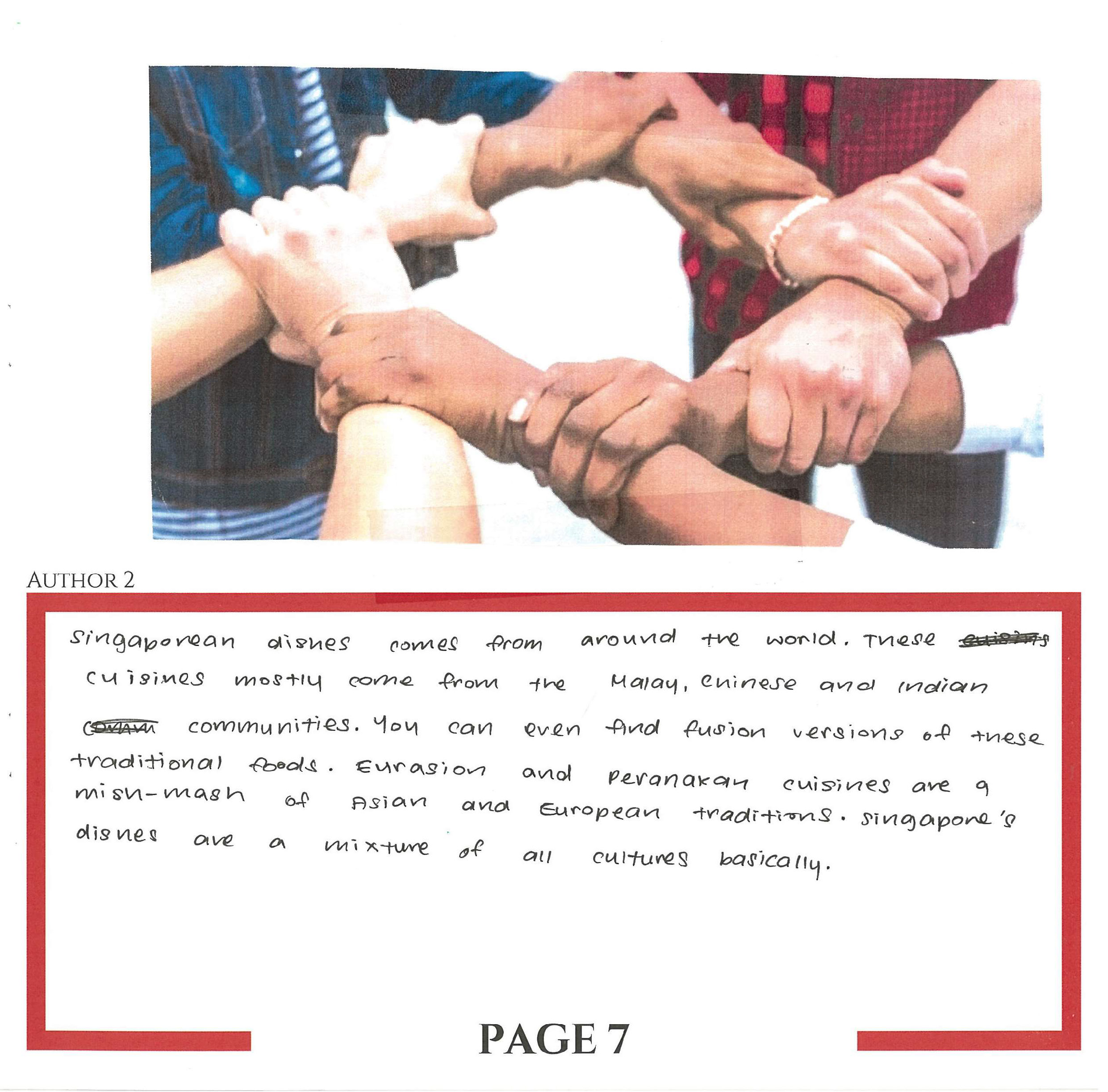
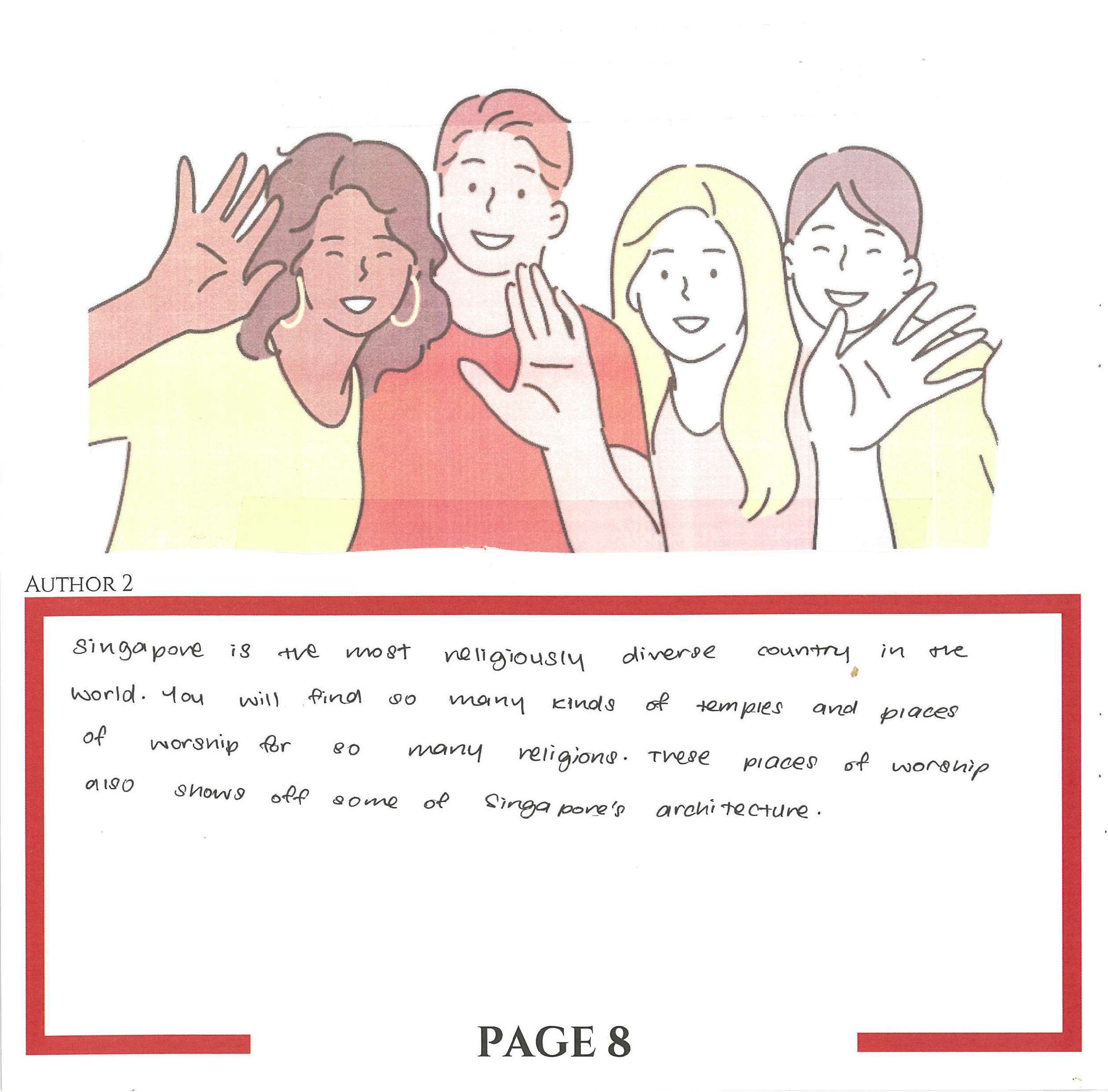
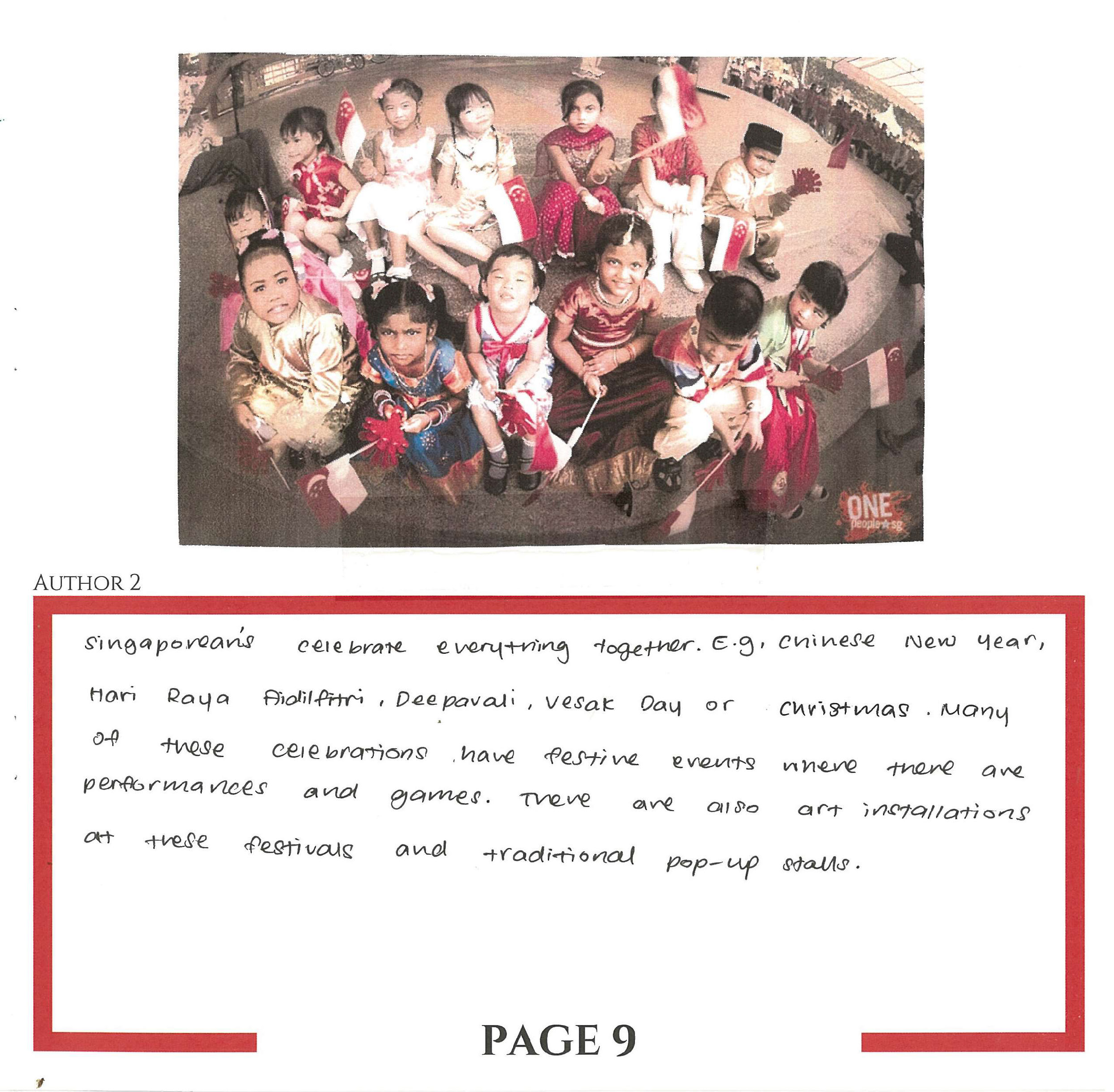
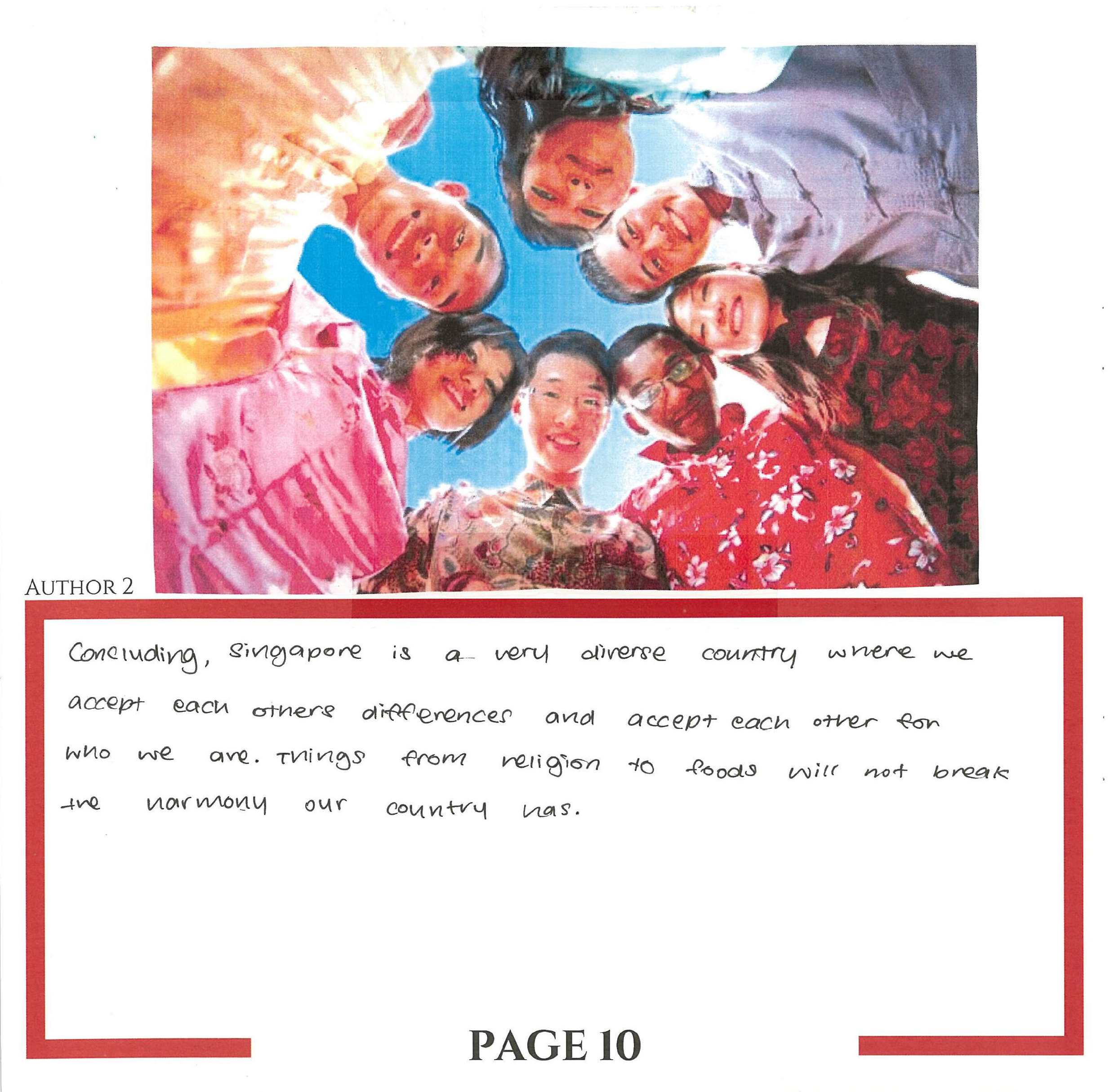
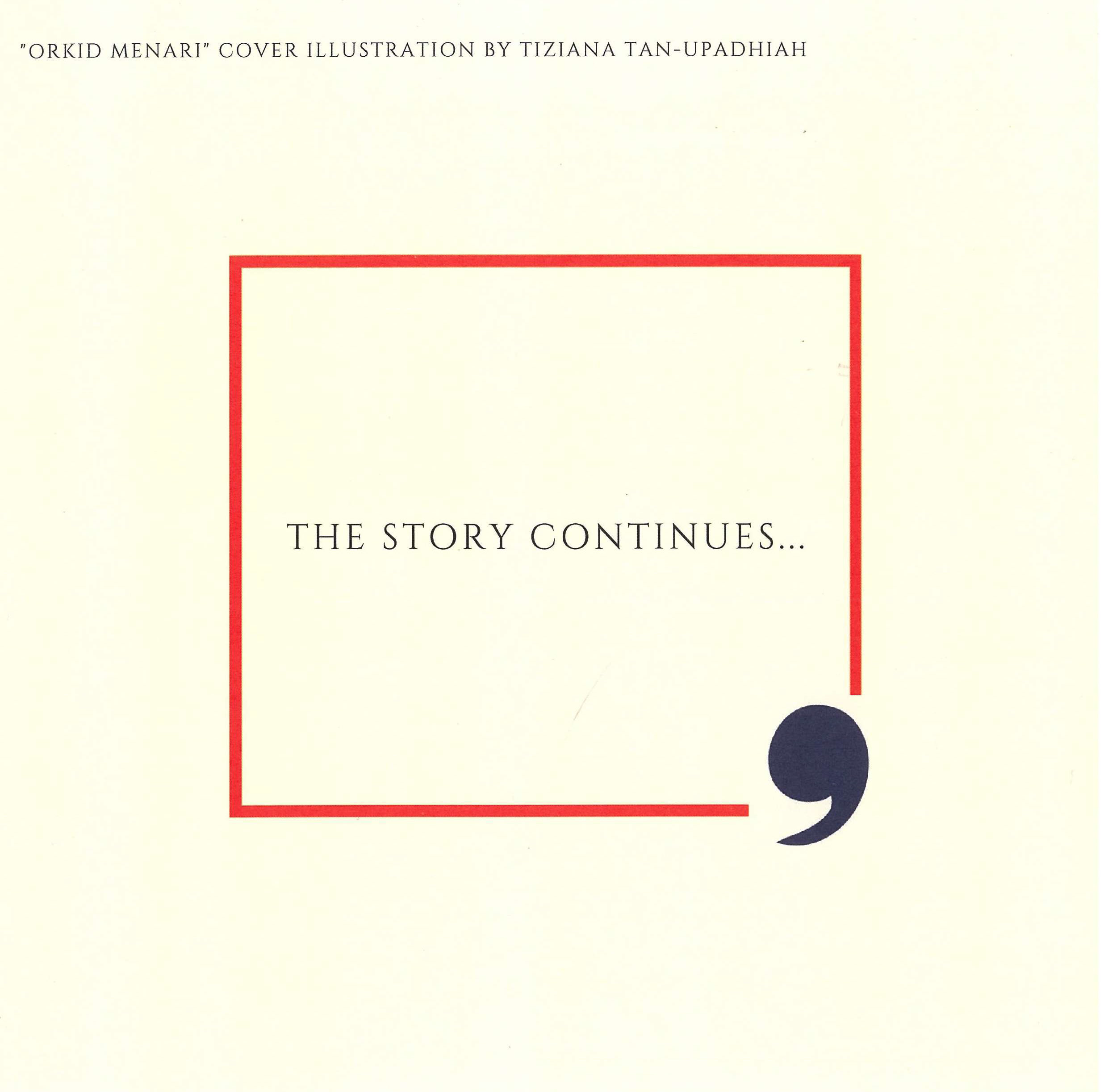
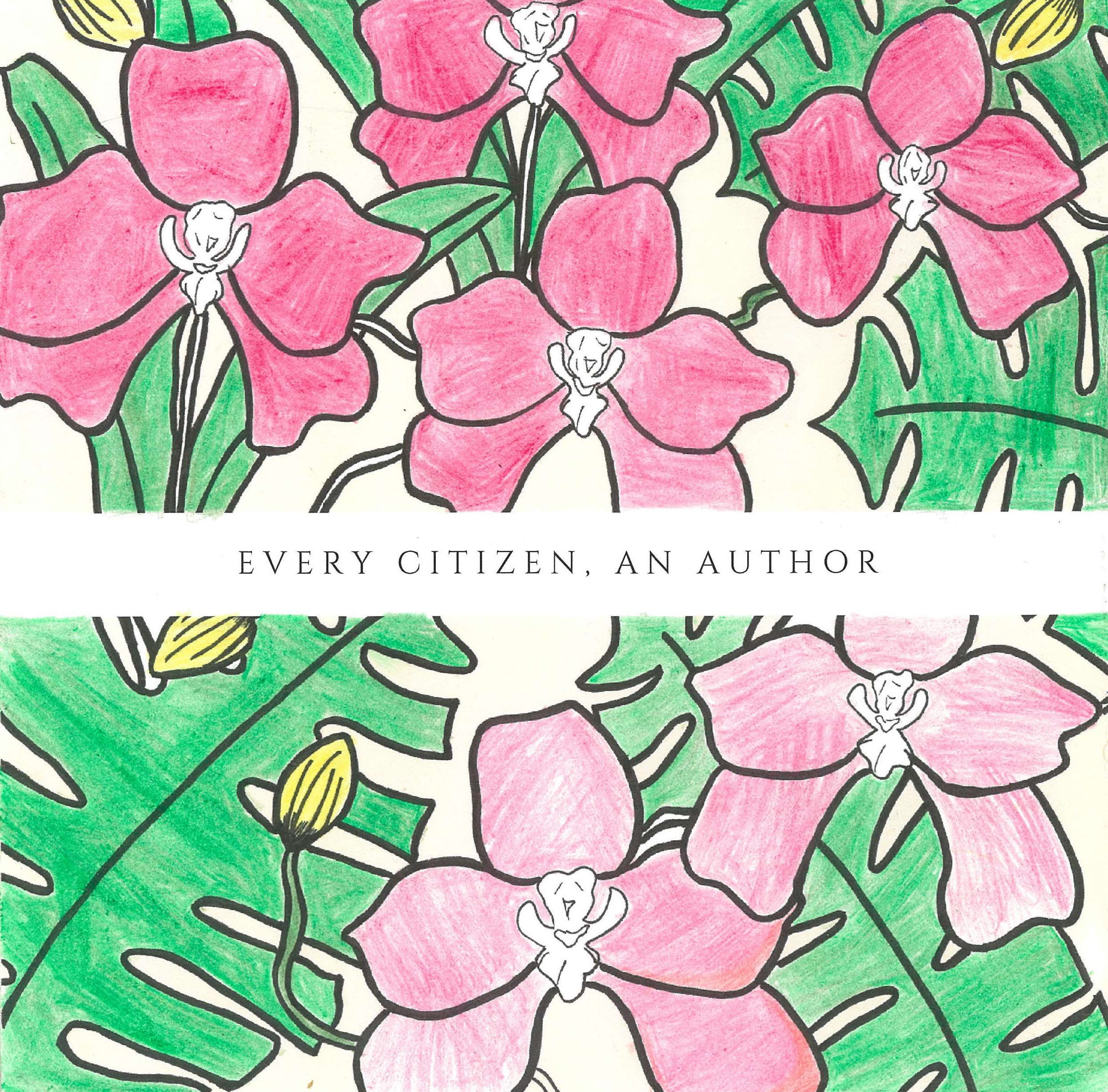
Racial Harmony
Annie Leow:
Seniors like myself, we have lived and gone through the era of developments and changes. During the earlier years before independence, most of us lived in kampongs or villages without water, electricity and proper sanitary systems. We depended on well water or public taps and kerosene lamps that lighted the dark. We had or led simple carefree childhood days. Games we played were mostly self-made, such as kites, lanterns, wooden toy guns and for girls, five stones was commonly played. Boys played spider-catching or fishing and ball games.
During festive occasions, neighbours would gather and make festive goodies to share and celebrate the occasions. Witnessing the challenge of putting up the longest firecrackers among the neighbours was definitely very memorable. The sound of the firecrackers would last from the late hours to the early hours of the following day. Firecrackers were banned in 1972. I believe in the fun of putting firecrackers.
Housing development started to take place in the 70s and people were resettled into HDB flats. Our lifestyle changed gradually over the years. As much as I can recall would be our transport system. In those days or earlier years, we had bus conductors to collect bus fares from passengers and given bus tickets. Then the one-man operation bus system was implemented. In the 80s MRT was introduced to improve our transport system. More highways and expressways also began to replace the small old roads.
The transformation in our day-to-day lifestyle, where not every household enjoys the luxury of owning a television set, refrigerator or even a telephone set. Most common entertainment set each household may own is the rediffusion set. Where people or older folks would tune in to listen to the continuous storytelling of various dialects. Now owning TVs, computers, mobiles, refrigerators, water heaters are common household items. The vast difference in livelihood is really great as compared to our 60s years.
The foundation of building a nation from a kampong style to our current established stage and to leave a legacy for the continuity to improve, develop and strengthen our growth would be for our future generation. To continue to remain united with the complexities of problems revolving around us and ways to emerge stronger as a Little Red Dot. The infrastructure we have, needs proper and consistent improvement.
Riz Isabelle:
As a multi-racial country, Singapore is home to a wide range of cultures, ethnicities, and religions. These ethnicities have their own languages that they speak but we are not divided by them. All these languages have all been compiled and made into Singlish. You will hear everyone speaking Singlish, especially the more traditional parts of Singapore like hawker centres, mama shops and so many more.
Singaporean dishes come from around the world. These cuisines mostly come from the Malay, Chinese and Indian communities. You can even find fusion versions of these traditional foods. Eurasian and Peranakan cuisines are a mish-mash of Asian and European traditions. Singapore’s dishes are a mixture of all cultures basically.
Singapore is the most religiously diverse country in the world. You will find so many kinds of temples and places of worship for so many religions. These places of worship also show off some of Singapore’s architecture.
Singaporeans celebrate everything together, e.g, Chinese New Year, Hari Raya Aidilfitri, Deepavali, Vesak Day or Christmas. Many of these celebrations have festive events where there are performances and games. There are also art installations at these festivals and traditional pop-up stalls.
Concluding, Singapore is a very diverse country where we accept each other's differences and accept each other for who we are. Things from religion to foods will not break the harmony our country has.
